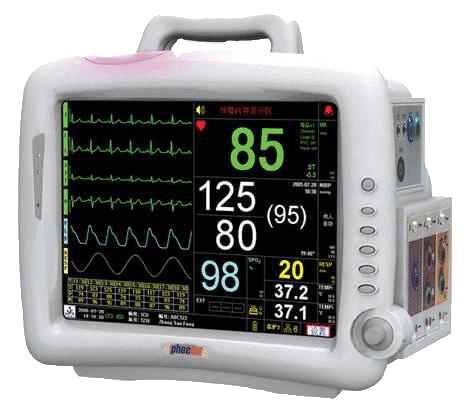In today’s fast-paced world, where technology continues to advance at an unprecedented rate, the field of medicine is also evolving rapidly. One significant development that has emerged in recent years is the concept of medical monitoring, a practice that plays a vital role in safeguarding the health and well-being of individuals across various settings.
Medical monitoring encompasses a range of techniques and technologies designed to track, analyze, and interpret medical data in real-time or over specific intervals. It is used in diverse healthcare contexts, from hospitals and clinics to remote patient monitoring and wearable devices. The primary objective of medical monitoring is to provide timely insights into an individual’s health status, enabling healthcare professionals to intervene promptly if any abnormalities or concerns arise.

One of the most notable applications of medical monitoring is in the management of chronic conditions such as diabetes, hypertension, and heart disease. Through continuous monitoring of key physiological parameters such as blood glucose levels, blood pressure, and heart rate, individuals can gain valuable insights into their health status and take proactive measures to manage their conditions effectively. Moreover, healthcare providers can remotely monitor patients’ data, allowing for early detection of complications and timely adjustments to treatment plans.
Medical monitoring also plays a crucial role in critical care settings, where patients require constant observation and intervention. In intensive care units (ICUs), for example, advanced monitoring systems track vital signs, oxygen levels, and other critical parameters to detect signs of deterioration and alert healthcare teams to intervene promptly. These monitoring technologies not only enhance patient safety but also improve clinical outcomes by enabling timely interventions and reducing the risk of adverse events.

Beyond traditional healthcare settings, medical monitoring is increasingly being integrated into everyday life through wearable devices and mobile health apps. These technologies allow individuals to monitor their health and fitness metrics conveniently, providing valuable insights into their activity levels, sleep patterns, and overall well-being. From smartwatches that track heart rate and exercise to smartphone apps that monitor sleep quality and nutrition, the prevalence of wearable medical devices continues to grow, empowering individuals to take an active role in managing their health.
However, as with any technology, the widespread adoption of medical monitoring also raises important considerations regarding data privacy, security, and ethical implications. The collection and analysis of sensitive medical data must be conducted in compliance with strict regulations to protect individuals’ privacy and confidentiality. Moreover, healthcare providers and technology companies must prioritize the security of medical devices and digital platforms to safeguard against data breaches and unauthorized access.
In conclusion, medical monitoring is a powerful tool that has revolutionized healthcare delivery by providing real-time insights into individuals’ health status and enabling timely interventions. From chronic disease management to critical care and everyday wellness, the applications of medical monitoring are vast and diverse. By harnessing the capabilities of advanced monitoring technologies responsibly and ethically, we can continue to leverage the power of data to improve health outcomes and enhance the quality of care for all.
Visit our official website :- https://northquestsolutions.com/